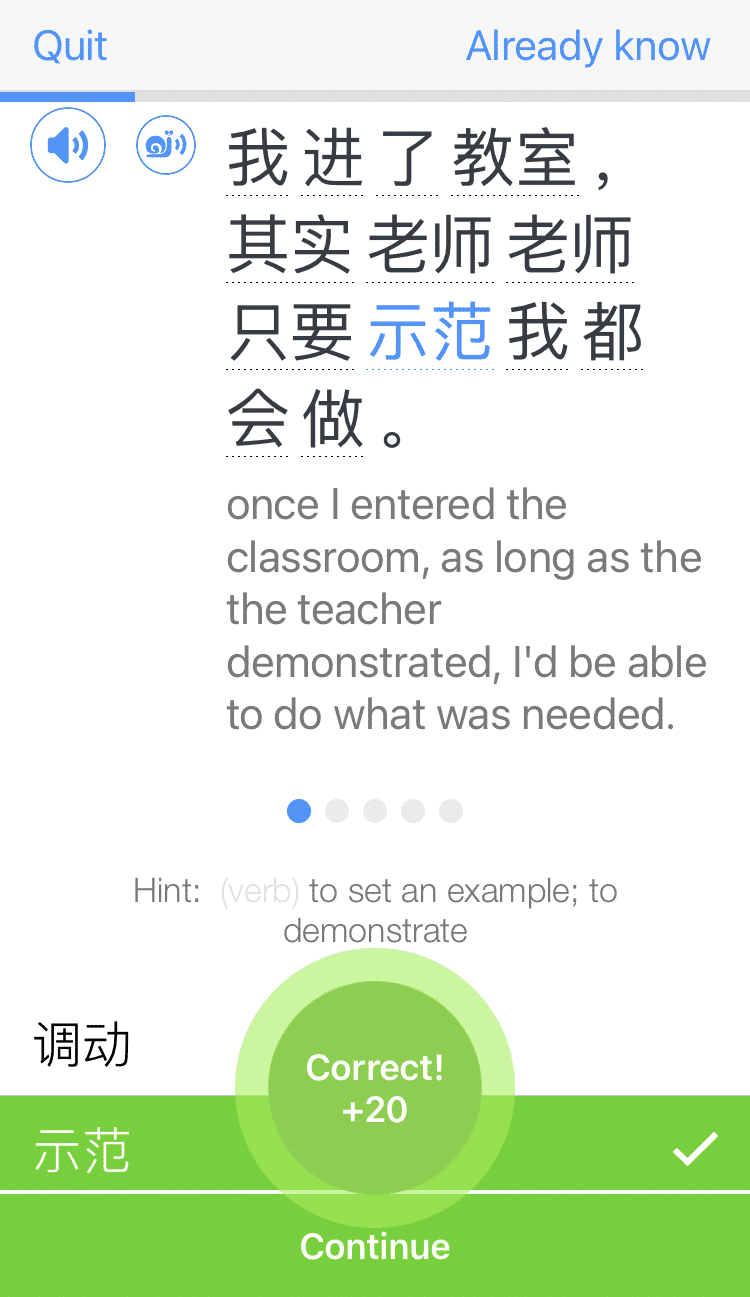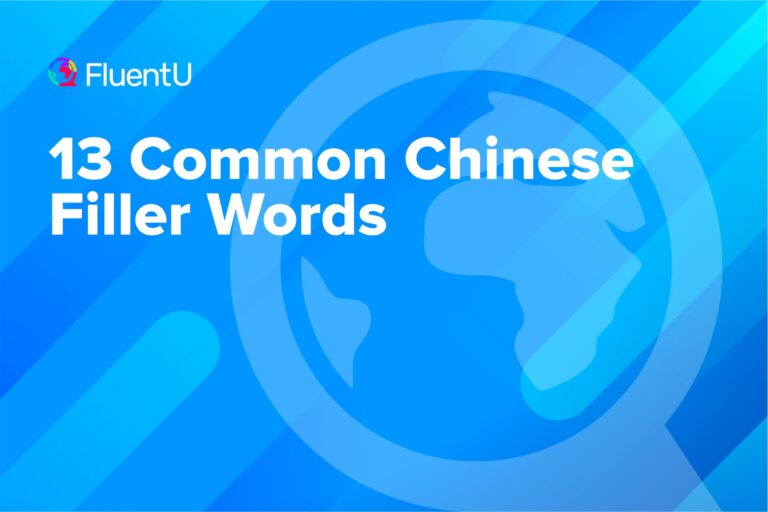Contents
The Complete Guide to Months in Chinese (and the Lunar Calendar)

If you’re a beginner in Chinese, you’ll want to learn how to say the months in Mandarin.
You’ll should also know how to translate dates and related phrases so you can talk about appointments and or describe when something happened.
We’ll cover these important topics, as well as the celebrations during each calendar month and the Chinese lunar calendar in this post.
Download: This blog post is available as a convenient and portable PDF that you can take anywhere. Click here to get a copy. (Download)
The Calendar Months in Chinese
To say the months in Chinese, you only need to know how to count and say 月 (yuè), which means “month.”
For instance, January is literally “one month,” February is “two month” and November is “eleven month.”
Here’s what the Gregorian calendar months are in Chinese, with supplementary details such as national holidays and special Chinese dates.
*National holidays based on the lunar calendar are noted with 2025 dates.
| Date | Chinese | Pinyin | English |
|---|---|---|---|
| January 1 | 新年 | xīn nián | New Year's Day |
| January 28* | 除夕 | chú xì | Lunar New Year's Eve |
| January 29* | 元旦
春节 | yuán dàn chūn jié | Lunar New Year's Day Spring Festival/Chinese New Year |
| February 12* | 元宵节 | yuán xiāo jié | Lantern Festival (Lunar Month 1 Day 15) |
| April 5* | 清明节 | qīng míng jié | Qingming Festival Tomb Sweeping Day |
| May 1 | 劳动节 | láo dòng jié | Labor Day |
| May 20 | 五二零 | wǔ èr líng | Chinese Internet Valentine's Day |
| May 31* | 端午节 | duān wǔ jié | Dragon Boat Festival (Lunar Month 5 Day 5) |
| June 1 | 六一儿童节 | liù yī ér tóng jié | Children's Day |
| June 21 | 夏至 | xià zhì | Xiazhi Festival Summer Solstice |
| August 1 | 建军节 | jiàn jūn jié | People's Liberation Army Day |
| August 8 | 父亲节 | fù qīn jié | Chinese Fathers' Day |
| August 29* | 七夕节 | qī xì jié | Qixi Festival Double Seventh Festival Chinese Valentine's Day (Lunar Month 7 Day 7) |
| September 6* | 中元节 | zhōng yuán jié | Zhongyuan Festival Ghost Festival (Lunar Month 7 Day 15) |
| October 1 | 国庆日 | guó qìng rì | National Day |
| October 1-6 | 黄金周 | huáng jīn zhōu | Golden Week |
| October 6* | 中秋节 | zhōng qiū jié | Mid-Autumn Festival (Lunar Month 8 Day 15 |
| October 29* | 重阳节 | chóng yáng jié | Chongyang Festival Double Ninth Festival (Lunar Month 9 Day 9) |
| November 11 | 光棍节 | guāng gùn jié | Double 11 Singles' Day Bachelors' Day |
| December 21* | 冬至 | dōng zhì | Dongzhi Festival Winter Solstice (Lunar Month 11 Day 15) |
Talking About Years in Chinese
Before we get into how to form years in Chinese, here are a few time terms you’ll need to know first:
Now, to the fun stuff.
When talking about a specific year in Chinese, all you do is read out each digit and attach the word 年 to the end of it. For example:
- 二零零一年 (èr líng líng yī nián) — 2001
- 二零二一年 (èr líng èr yī nián) — 2021
- 一九七三年 (yī jiǔ qī sān nián) — 1973
Unlike in English though, you can’t split up the year into two parts. So while we say 2020 as “twenty-twenty,” in Chinese, it’s always 二零二零年 (èr líng èr líng nián).
But if that’s too much of a mouthful, don’t worry—there is one way you can shorten it, so long as the year is recent.
For example, instead of saying 1973 (一九七三年), you can just say ’73 (七三年).
Here’s a tricky one: try saying the year 2000 in Chinese.
What’d you get?
Well, there are two answers:
二零零零年 (èr líng líng líng nián)
两千年 (liǎng qiān nián)
The second option is shorter but it also means “2,000 years,” not just “the year 2000.” So be sure the context is clear before using it.
Telling Dates in Chinese
Forming specific dates in Chinese is just as simple as learning the months and weeks. Let’s check out the formula now:
Year Number 年 + Month Number 月 + Date Number 号 (hào)
For example:
- 2001年8月11号 (èr líng líng yī nián bā yuè shí yī hào) — August 11, 2001
- 1801年2月16号 (yī bā líng yī nián èr yuè shí liù hào) — February 16, 1801
- 1989年6月9号 (yī jiǔ bā jiǔ nián liù yuè jiǔ hào) — June 9, 1989
Say something happened on a specific date in the current year. In English, you’d simply leave out the year and say it happened on X month, X date (i.e. April 20).
In Chinese, it’s the same!
Let’s say I got married on September 15, 2021, but the year is still 2021. When my friend asks, “When did you get married?”, I’d simply say, “September 15.”
In Chinese, that would be:
九月十五号 (jiǔ yuè shí wǔ hào).
Before moving on, you might’ve noticed that you only pronounce individual digits in the year, not the days.
We already learned that to say 2016, you can’t say 二十十六年 (èr shí shí liù nián).
Instead, you have to say:
二零一六年 (èr líng yī liù nián).
But when it comes to the days of the month, you should say the whole number.
For example:
八月十六号 (bā yuè shí liù hào). (August 16th)
Months in Chinese: Useful Phrases
What if you want to talk about nonspecific dates or ongoing events? Below are some key vocabulary for discussing appointments, past and future events, as well as recurring commitments.
| Chinese | Pinyin | English |
|---|---|---|
| 上(个)月 | shàng (gè) yuè | Last month |
| 上(个)月初 | shàng (gè) yuè chū | Early last month |
| 上(个)月下旬 | shàng (gè) yuè xià xún | Late last month |
| 六个月前 | liù gè yuè qián | Six months ago |
| 这(个)月 | zhè (gè) yuè | This month |
| 本月 | běn yuè | Current month |
| 本月初 | běn yuè chū | Early this month |
| 本月晚些时候 | běn yuè wǎn xiē shí hòu | Later this month |
| 下(个)月 | xià (gè) yuè | Next month |
| 下(个)月初 | xià (gè) yuè chū | Early next month |
| 下(个)月下旬 | xià (gè) yuè xià xún | Late next month |
| 六个月后 | liù gè yuè hòu | In 6 months |
| 每(个)月 | měi (gè) yuè | Every month |
| 每月一次 | měi yuè yī cì | Monthly |
| 双月 | shuāng yuè | Bimonthly / Every two months / Every other month |
| 半月刊 | bàn yuè kān | Semimonthly / Twice a month |
| 每六个月一次 | měi liù gè yuè yī cì | Once every six months |
| 每月五日 / 每月五号 | měi yuè wǔ rì / měi yuè wǔ hào | Every fifth of the month |
| 每年二月 | měi nián èr yuè | Every February |
For more information on how to use these phrases and many of the words in this post, you can use the FluentU program. This immersion tool lets you see words in context through Chinese videos, along with other learning tools to make sure you’re not just learning words—you’re also learning how to use them in conversation.
FluentU takes authentic videos—like music videos, movie trailers, news and inspiring talks—and turns them into personalized language learning lessons.
You can try FluentU for free for 2 weeks. Check out the website or download the iOS app or Android app.
P.S. Click here to take advantage of our current sale! (Expires at the end of this month.)
Differences Between the Gregorian and Chinese Lunar Calendars
Let’s talk about the different calendars that China follows:
公历 (gōng lì) — The Gregorian calendar
农历 (nóng lì) — The Chinese lunar calendar
The Gregorian calendar is the calendar most of us are familiar with and is based on Earth’s rotation and revolution around the sun.
The lunar calendar, meanwhile, is based on the phases of the moon as well as the longitude of the sun.
You might’ve noticed that the dates of the Chinese New Year are different every year. This is because they’re set according to the lunar calendar rather than the Gregorian calendar.
There are 12 lunar terms and 24 solar terms in one lunar year.
Note: the phrases “lunar term” and “lunar month” are used interchangeably.
Leap Year vs. Leap Month
Every four years is a leap year in the Gregorian calendar, where an additional day is included to sync up with the seasonal year.
Because a lunar term or month (29.5 days) is shorter than a Gregorian month, it also has a pattern in place where it re-synchronizes with the seasonal year.
Instead of an additional day every four years, the lunar calendar has an extra term every 32 or 33 months.
Chinese Holidays Based on the Lunar Calendar
While some more modern Chinese holidays are celebrated on the same date every year (like Chinese Father’s Day and Chinese Internet Valentine’s Day), most big national holidays follow the Chinese solar/lunar calendar.
If you’re still confused, there are calendar converters online to help you figure out the dates of past and future holidays.
The Chinese Lunar Calendar
Each lunar term or month has a modern name but can also be referred to in its traditional name (which reflects what plant is in season).
Each month is also assigned an Earthly Branch or an animal from the Chinese zodiac.
| Start Date | Traditional Name | Earthly Branch Name | Modern Name |
|---|---|---|---|
| Between Jan 21 - Feb 20 | 陬月
(zōu yuè) Corner Month | 寅月
(yín yuè) Tiger Month | 正月
(zhēng yuè) 1st Month |
| Between Feb 20 - Mar 21 | 杏月
(xìng yuè) Apricot Month | 卯月
(mǎo yuè) Rabbit Month | 二月
(èr yuè) 2nd Month |
| Between Mar 21 - Apr 20 | 桃月
(táo yuè) Peach Month | 辰月
(chén yuè) Dragon Month | 三月
(sān yuè) 3rd Month |
| Between Apr 20 - May 21 | 梅月
(méi yuè) Plum Flower Month | 巳月
(sì yuè) Snake Month | 四月
(sì yuè) 4th Month |
| Between May 21 - Jun 21 | 榴月
(liú yuè) Pomegranate Flower Month | 午月
(wǔ yuè) Horse Month | 五月
(wǔ yuè) 5th Month |
| Between Jun 21 - Jul 23 | 荷月
(hé yuè) Lotus Month | 未月
(wèi yuè) Goat Month | 六月
(liù yuè) 6th Month |
| Between Jul 23 - Aug 23 | 兰月
(lán yuè) Orchid Month | 申月
(shēn yuè) Monkey Month | 七月
(qī yuè) 7th Month |
| Between Aug 23 - Sept 23 | 桂月
(guì yuè) Osmanthus Month | 酉月
(yǒu yuè) Rooster Month | 八月
(bā yuè) 8th Month |
| Between Sept 23 - Oct 23 | 菊月
(jú yuè) Chrysanthemum Month | 戌月
(xū yuè) Dog Month | 九月
(jiǔ yuè) 9th Month |
| Between Oct 23 - Nov 22 | 露月
(lù yuè) Dew Month | 亥月
(hài yuè) Pig Month | 十月
(shí yuè) 10th Month |
| Between Nov 22 - Dec 22 | 冬月
(dōng yuè) Winter Month | 子月
(zǐ yuè) Rat Month | 十一月
(shí yī yuè) 11th Month |
| Between Dec 22 - Jan 21 | 冰月
(bīng yuè) Ice Month | 丑月
(chǒu yuè) Ox Month | 腊月
(là yuè) End-of-the-Year Month, Preserved Meat Month |
Now, you should not only be able to write and talk about the date in Chinese, but also have discussions about events relative to specific months (such as Chinese holidays).
You can even talk about the basics of the Chinese lunar calendar if it ever comes up in conversation.
And One More Thing...
If you want to continue learning Chinese with interactive and authentic Chinese content, then you'll love FluentU.
FluentU naturally eases you into learning Chinese language. Native Chinese content comes within reach, and you'll learn Chinese as it's spoken in real life.
FluentU has a wide range of contemporary videos—like dramas, TV shows, commercials and music videos.
FluentU brings these native Chinese videos within reach via interactive captions. You can tap on any word to instantly look it up. All words have carefully written definitions and examples that will help you understand how a word is used. Tap to add words you'd like to review to a vocab list.
FluentU's Learn Mode turns every video into a language learning lesson. You can always swipe left or right to see more examples for the word you're learning.
The best part is that FluentU always keeps track of your vocabulary. It customizes quizzes to focus on areas that need attention and reminds you when it’s time to review what you’ve learned. You have a 100% personalized experience.
Start using the FluentU website on your computer or tablet or, better yet, download the FluentU app from the iTunes or Google Play store. Click here to take advantage of our current sale! (Expires at the end of this month.)











